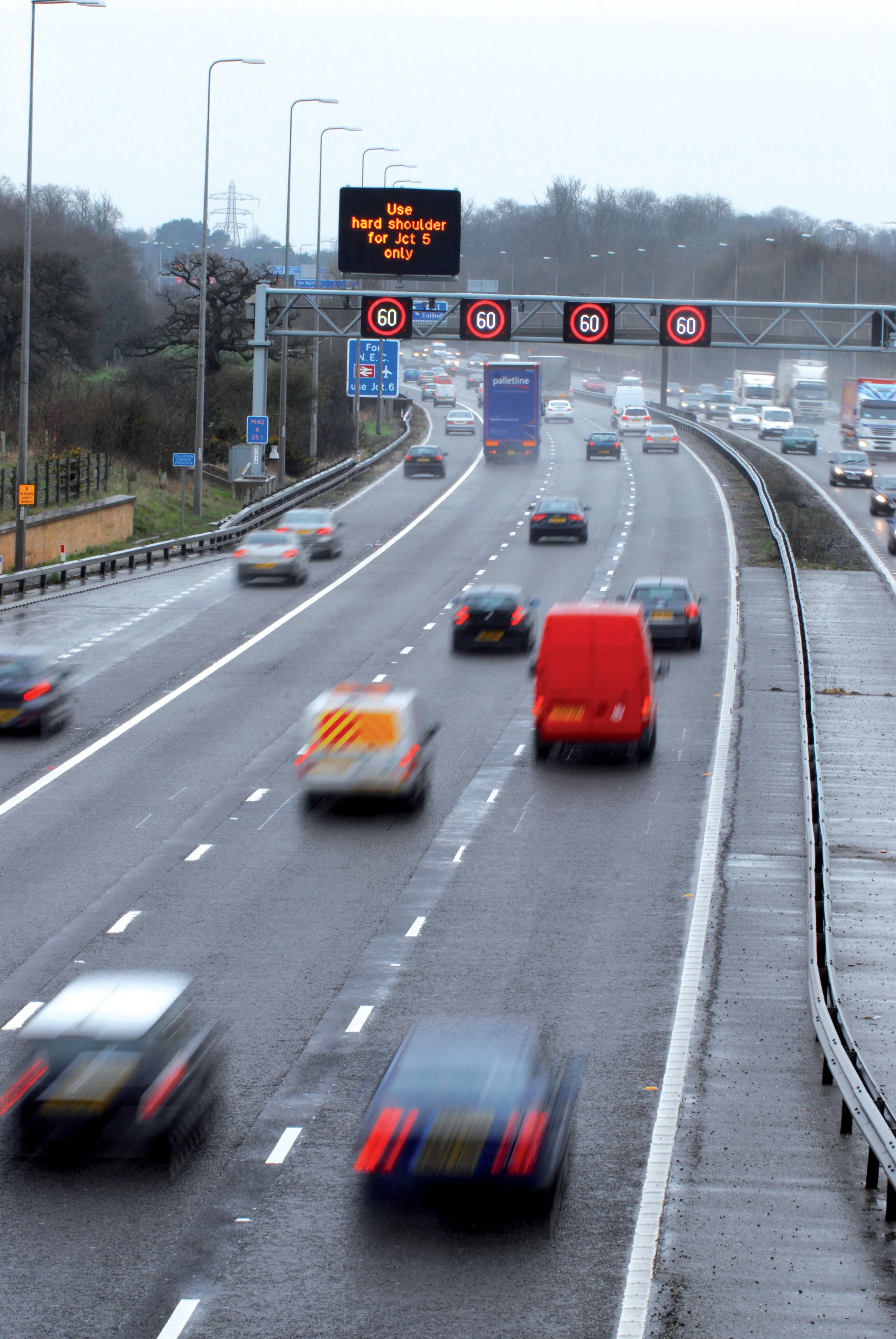
Austrian manufacturer HHB Batsch Dynaweigh has improved the performance of its weigh-in-motion scales for vehicle weights.
Dynaweigh’s automatic road truck scales HHB01 and HHB02 for dynamic detection of overloaded vehicles have a legal verifiable accuracy of +/-1 per cent (class 2D), meeting the requirements of the OIML R134 regulations.
The scales have been installed at the traffic control station on the Austrian northern A5 for several years for traffic monitoring. But recently the company has added a high-speed processing system, called Weight Flasher, to speed up the flow of data for traffic speeds, including classification.
The total weight and axle loads are recorded automatically during the crossing at a speed up to 35kph. Like a radar system the collected data - total mass, axle load, vehicle type and license plate number – is forwarded with a photo of the vehicle automatically in real time by means of the Weight Flasher into data processing systems or to the controling authority.
Vehicles which are overloaded or have too high axle pressure are recorded. The collected data, vehicle type and license plate number are transmitted electronically to the nearest vehicle control centre or the vehicle is immediately diverted by overhead traffic signs/signals for closer examination by transport officials.








